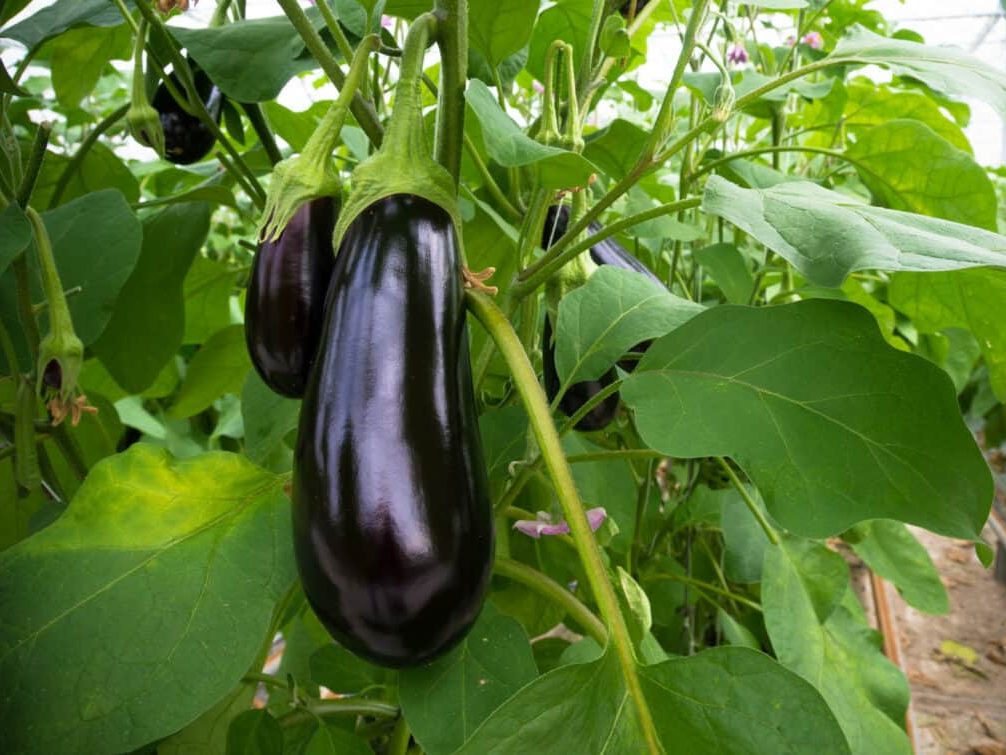- No products in the cart.
February 26, 2021
March Planting Guide
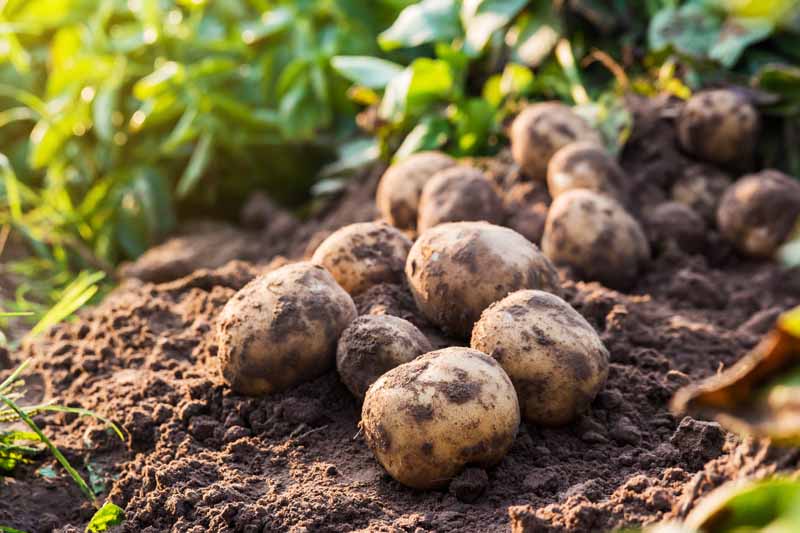
So February has come to a close, but that doesn’t mean that you can’t start the growing process! You can begin the growing process for a large variety of plants right from the comfort of your own home! Seeing your plants indoors compared to outdoors has pros and cons which I will go over in the sections to the right. Growing indoors and outdoors both have their set of pros and cons that should be considered carefully! Think about your options, what amount of space you have available, the climate zone you’re in, and what plants your area allows you to grow! If you chose to grow outdoors, think about what kind of flower beds you’re going to have. Raised flower beds offer additional organization opportunities and can help you plan the layout for your garden, while also offering a bigger space for your plant roots to grow, smaller root systems will usually result in you getting smaller plants.
Growing Your Plants Indoors
While we see massive farms sprawling all over the world where it’s nothing but rows upon rows and hundreds of acres worth of vegetables, some people prefer to grow all of their plants indoors, be it small plants near a window or a fully-fledged warehouse with massive arrays or lighting, planters, water irrigation, and more! Growing your plants inside will give your plants at least 1 set of walls to keep the outside world from harming your plants! If you have a really good setup, you could see people using methods to control the humidity, temperature, pH, water levels, and more! When growing indoors you will have a level of control that you cannot easily achieve when growing outdoors!
Growing Your Plants Outdoors
Some people prefer to grow their plants fully indoors, but many people grow outdoors. While yes, growing outdoors doesn’t grant you the level of environmental control and convenience that you can get by growing indoors, there are many benefits to it! Plants need light to grow and live, if you grow indoors, you will be forced to set up lights above your plants to simulate sunlight, but outside offers you 100% natural light that you will not need to pay a bill to get! But beware, growing outdoors has its very own set of dangers. These can range from wildlife walking through your garden and farm eating whichever plants they want, to your plants contracting a disease or illness, all the way to extremely sudden and drastic changes of weather!
USDA Plant Hardiness Zone Map
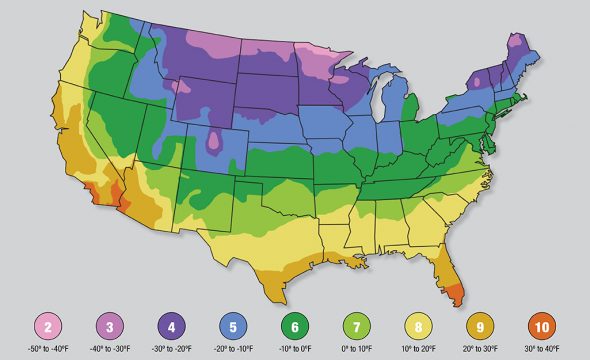
If you want to grow a successful garden, you need to know the growing conditions of your site—especially, how cold it gets in the winter months. Many plants are adapted to warmer climates and will die if exposed to extreme cold. These days, most cold-climate gardeners are very familiar with the U.S. Department of Agriculture’s Plant Hardiness Zones. These 11 zones indicate the average minimum winter temperatures for a given area. Gardeners in Zone 1 can expect to see temperatures down to -50 degrees F, whereas those in Zone 11 will rarely see anything colder than 40 degrees F. Most catalogs, websites, and garden centers now provide a Hardiness Zone rating for almost every plant they sell. If you know that your garden is in Zone 5, you can be fairly confident that plants rated for Zones 1 to 5 will survive the winter in your yard. If you’re not familiar with the USDA Hardiness Zone Map, and/or don’t know what zone you garden in, take a look at our Zone Finder. But cold hardiness is not the only factor that determines whether a plant will survive in your garden or not. Too much heat can be just as damaging to a plant as too much cold. When a plant is not cold hardy, it will simply die, but the signs of heat stress are usually more subtle. Plants that can’t tolerate high heat may stop blooming, the leaves may turn pale, and the plants may become more susceptible to pests. In the late 1990s, The American Horticultural Society (AHS) developed the Heat Zone Map, which parallels the USDA Hardiness Zone Map. This map is based on the number of “heat days” experienced in a given area. A “Heat Day” is defined as a day in which the temperature climbs to over 86 degrees F. At this temperature, many plants begin to experience physiological damage and start to shut down their functioning. Heat Zones range from 1 (no heat days) to 12 (210 or more heat days). Because Heat Zone ratings are relatively new, not all catalogs, websites, and garden centers currently indicate a plant’s, Heat Zone. But more and more, you will begin to see two ratings for a given plant, such as 5-10, 11-1. The first pair of numbers is the cold Hardiness Zone. This plant will survive winter temperatures in zones 5 to 10. The second pair of numbers is the Heat Zone. 11-1 indicates that the plant is heat tolerant in zones 11 through 1.
USDA Hardiness Zones 5-10
- Broccoli
- Broccoli is a hardy, cool-season vegetable bringing colorful green nutrients to the table. If you live in Zones 5-10 and can find a quick-growing Broccoli variety, you can harvest in late spring until it bolts in the hot summer sun!
- Cabbage
- Cabbage is one of the easier plants to grow in the garden as it is a hardy vegetable that comes in different colors and sizes. In Zones 5-10, be sure to select a variety that is right for your location (size and maturity length). Fertilize and water when cabbage head begins to form!
- Cauliflower
- Cauliflower varieties generally do best when started in the cool weather of spring. They are easy to grow under most conditions and will hold well. Zones 5-10, start seeds 4-7 weeks before the last frost depending on the length of the season. Other than the typical orange, carrots can be found in red, white, rainbow, and purple colors. For Zones 5-10, start carrot seeds indoors so you can transplant them outdoors in early to mid-May.
- Cucumbers
- Fast-growing vine or bush cucumber plants can produce an abundance of delicious fruits. Be careful to pick a variety for the space you have in your garden! Vine cucumbers can be the best tasting but need far more space than bush varieties. For Zones 5 and 6, start seeds indoors so you can transplant them outdoors between April and June. Warmer areas can sow directly two weeks after the last frost.
- Eggplants
- Eggplants are delicious in various cuisine, but also make to be a great meat substitute for their hardy, tender texture. Start eggplant seeds indoors up to 10 weeks before the last frost date.
- Lettuce
- Lettuce is a great source of Vitamin A and will add color to any tossed salads for a summer treat. For Zones 5-10, start a crop of salad mix greens 4-6 weeks before the last frost that gets bright sun, but not all day.
- Onions
- Great for late summer and early fall crops! Get those onion seeds growing! Be careful to select an onion variety appropriate for your garden zone. Northern areas should plant long-day onions, and Southern regions should plant short-day onions. If you live in Zones 5-10, you can start transplanting your onions outdoors.
- Peas
- Peas are a cool-weather vegetable that will flourish in the spring. For Zones 5-10, green peas and sugar peas are good to start 4-6 weeks before the last spring frost to yield a summer harvest. The fresh, crisp taste of peppers is a garden favorite.
- Peppers
- Peppers take up little space and can produce high yields when planted close together. Plant as many different varieties as possible! They come small, big, hot, mild, and in an array of different colors. For Zones 5-10, begin seeds 6-12 weeks before your last frost date indoors for best results.
- Spinach
- Spinach is a tasty cool weather vegetable and will produce until the hot weather of summer. For Zones 5-10, planting in March or whenever the soil can be worked will ensure you have plenty of harvest before bolting!
- Summer Squash
- Summer Squash is a very versatile plant to grow with many options. For Zones 5-10, starting in March or 3-4 weeks before the last frost and sowing in June will lead to fresh squash and zucchini to enjoy during the hot summer.
- Tomatoes
- Tomatoes are the most popular garden vegetable to grow! Growing tomatoes is not only fun but also treats you to some of the best-tasting fruits in the world. Varieties can come in many colors, shapes, tastes, and sizes. Start growing a few varieties every year to find your favorites! For Zones 5-10, start seeds 6-8 weeks before your last frost date indoors for best results.
USDA Hardiness Zones 7-10
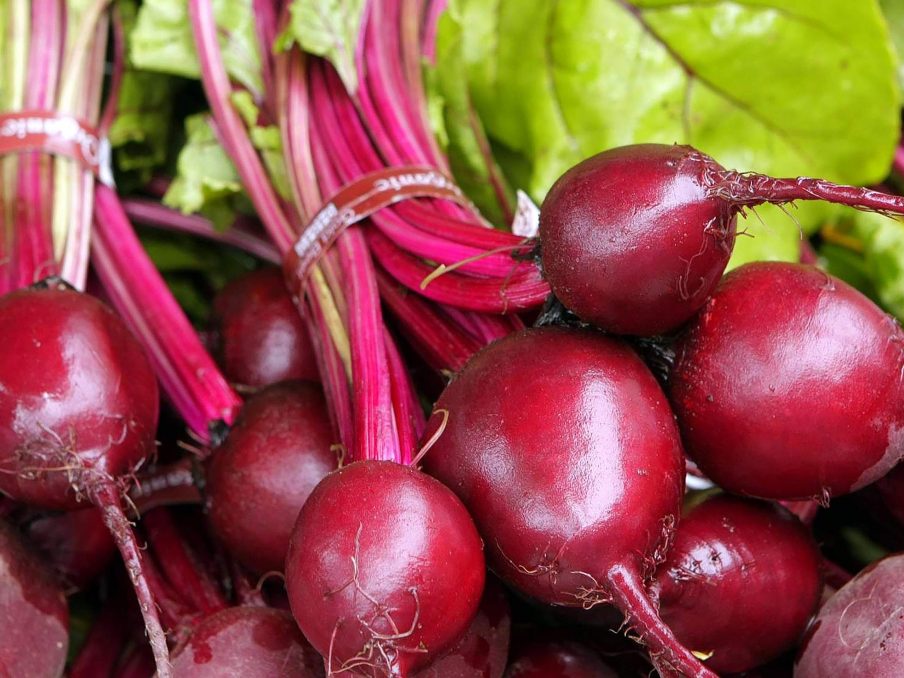
- Beets
- Beets are a tasty root vegetable edible for both their bulb and green tops. Beets prefer cooler weather and can be grown in early spring to late summer. For Zones 7-10, sow beets now for a fast, early summer treat!
USDA Hardiness Zones 8-10
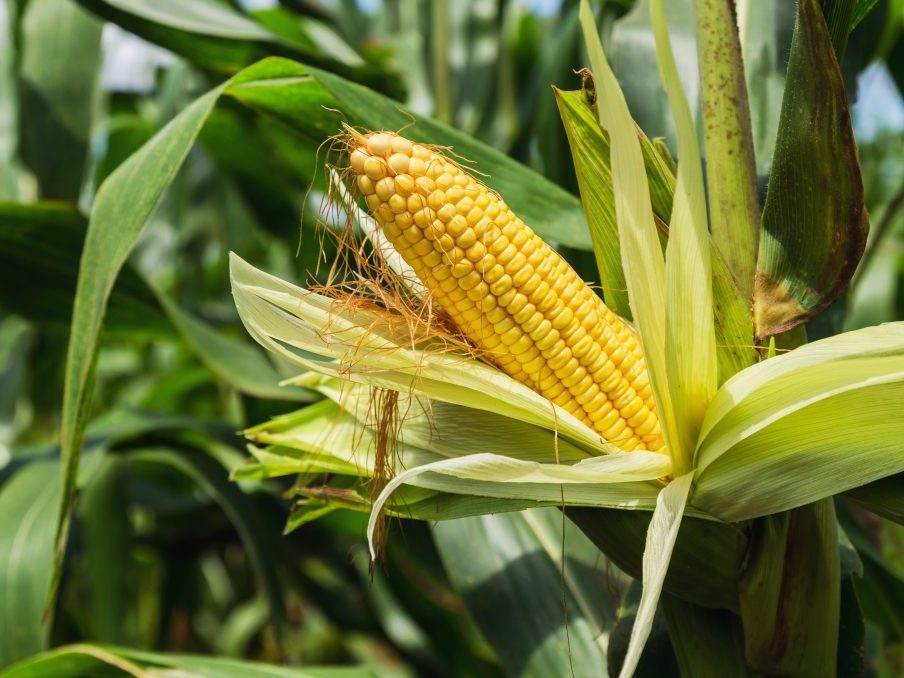
- Corn
- Corn is one of the most rewarding and fast-growing crops to grow! Corn is delicious when cooked only minutes after being pulled off the stalk. For Zones 8-10, try a small plot of corn after the last spring frost, working your way to a large field of several varieties.
USDA Hardiness Zones 3-10
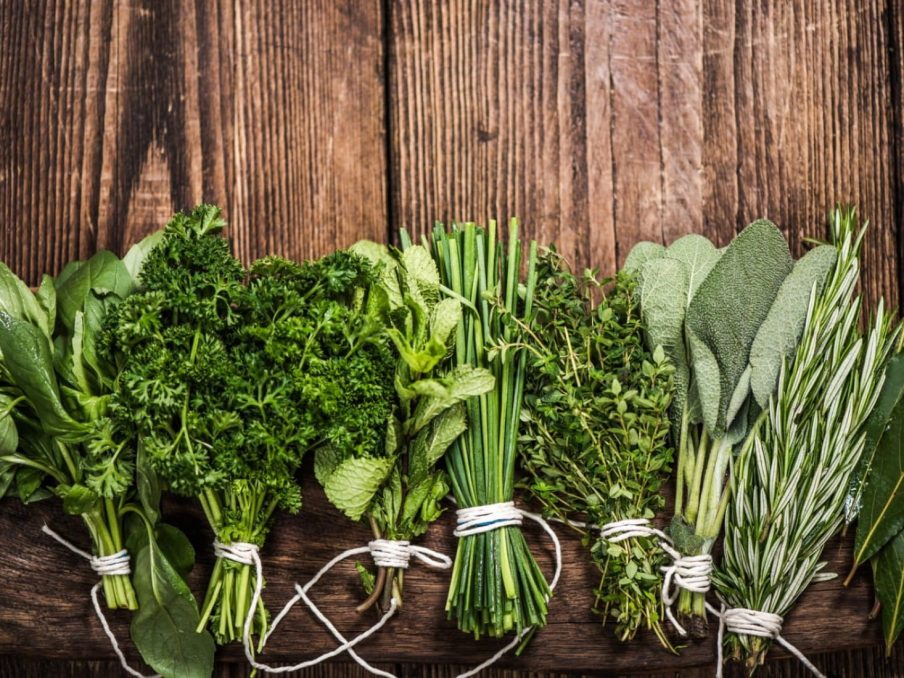
- Herbs
- Herbs are great to grow to add fresh flavors to any dish. For Zones 5-10, herbs can start to be transplanted outdoors. In any Zone, herbs are definitely the most popular indoor plant to grow year-round.

